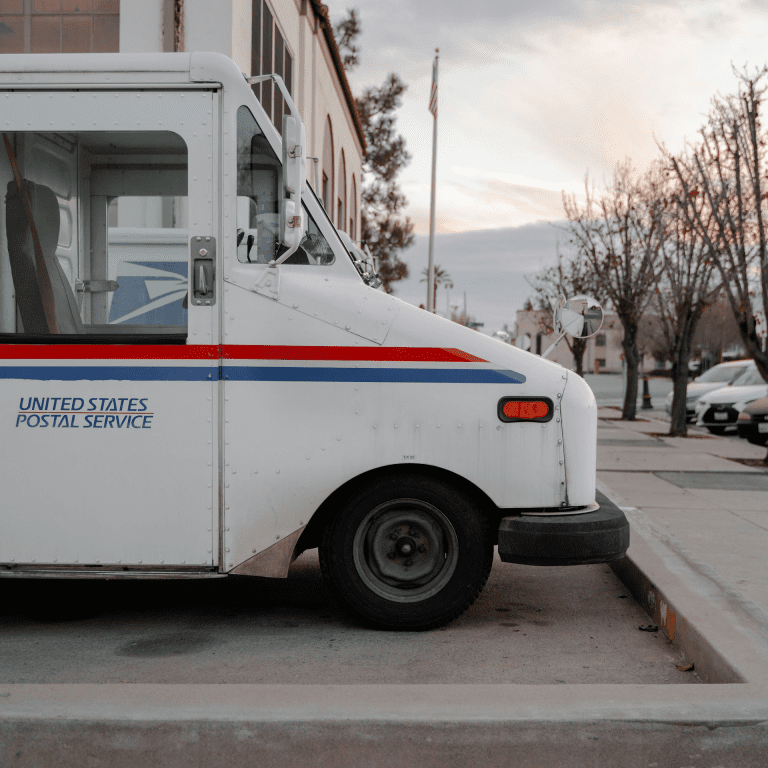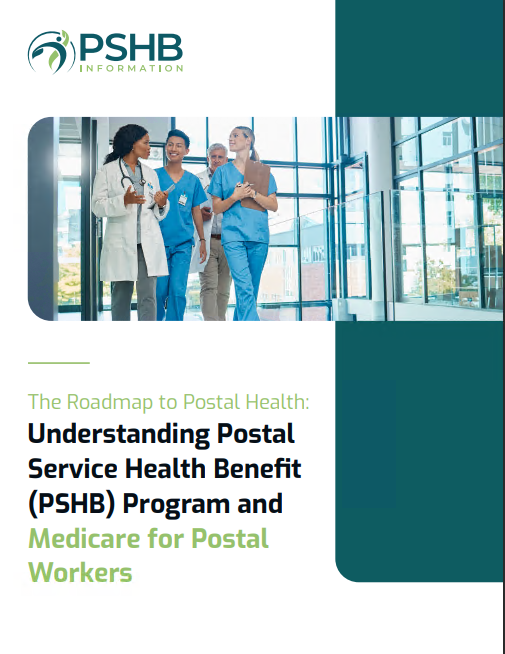Key Takeaways
-
The 2025 Postal Service Health Benefits (PSHB) program introduces a new system for Postal Service employees and retirees, marking a significant shift from the Federal Employees Health Benefits (FEHB) program.
-
Understanding the new PSHB structure and its integration with Medicare is essential to ensure you make informed decisions about your health coverage.
The Shift from FEHB to PSHB: What You Need to Know
Starting January 1, 2025, the Postal Service Health Benefits (PSHB) program will officially replace the Federal Employees Health Benefits (FEHB) system for Postal Service employees, retirees, and their eligible family members. This change stems from the Postal Service Reform Act of 2022, aimed at ensuring long-term sustainability for USPS and providing tailored health benefits for postal workers.
The transition is automatic for most existing FEHB enrollees. However, it’s crucial to review your options during open enrollment periods to confirm that your plan aligns with your healthcare needs and budget. This new system introduces important updates, including Medicare integration and customized plans for postal employees and retirees.
Enrollment Periods: Key Deadlines to Keep in Mind
The 2024 Open Season, which ran from November 11 to December 9, 2024, was the primary opportunity to select or update PSHB coverage for the 2025 calendar year. Changes made during this period take effect on January 1, 2025. Outside Open Season, adjustments are only permitted during Qualifying Life Events (QLEs), such as marriage, divorce, or the birth of a child.
If you missed the 2024 Open Season and don’t qualify for a QLE, you’ll remain automatically enrolled in a PSHB plan that corresponds to your previous FEHB coverage. While this automatic process ensures continuous coverage, actively reviewing your options each year is advisable to ensure your selected plan meets your evolving needs.
Medicare Integration: What It Means for You
One of the most notable changes under PSHB is its integration with Medicare. If you are Medicare-eligible, enrolling in Medicare Part B becomes a requirement to maintain PSHB coverage unless you qualify for an exemption. These exemptions include individuals who retired on or before January 1, 2025, or employees aged 64 or older as of that date.
This integration offers significant advantages. Many PSHB plans coordinate with Medicare to reduce out-of-pocket costs. Some plans even provide partial reimbursement for Medicare Part B premiums or waive certain deductibles and copayments, making healthcare more affordable for those enrolled in both programs. For prescription drug coverage, Medicare-eligible enrollees will automatically receive benefits through a Medicare Part D Employer Group Waiver Plan (EGWP).
Cost Implications: Balancing Premiums and Out-of-Pocket Expenses
The transition to PSHB does not fundamentally alter the cost-sharing structure familiar to FEHB enrollees. Premiums for PSHB plans are expected to remain competitive, with the government continuing to contribute a significant portion of the cost. However, reviewing the Annual Notice of Change (ANOC) letter each year is essential to understand updates to premiums, deductibles, and other cost-sharing details.
Medicare-eligible enrollees will benefit from capped out-of-pocket prescription drug costs under Medicare Part D, which introduces a $2,000 annual limit starting in 2025. This change eliminates the financial uncertainty of the previous “donut hole” coverage gap, providing predictable costs for high prescription drug needs.
Key Benefits of the PSHB Program
The PSHB program is designed to provide comprehensive health benefits tailored to the unique needs of postal employees and retirees. Here’s what you can expect:
Customized Plan Options
PSHB offers a variety of plans, including those designed specifically for Medicare-eligible retirees. These options ensure coverage that aligns with your healthcare usage, whether you prioritize lower premiums, expansive provider networks, or enhanced benefits.
Prescription Drug Savings
For those eligible for Medicare, PSHB’s integration with Medicare Part D through the EGWP brings substantial savings. The new $2,000 cap on out-of-pocket drug costs makes prescription expenses manageable, even for those requiring high-cost medications.
Coordinated Benefits with Medicare
Plans under the PSHB program work seamlessly with Medicare Parts A and B, reducing redundancies and maximizing the value of both programs. This coordination often translates into reduced out-of-pocket costs, better coverage, and fewer billing hassles.
Support for Families
PSHB continues to support family coverage options, ensuring your spouse and eligible dependents can access healthcare benefits. If you’re Medicare-eligible, your family members who are not yet eligible can remain on a PSHB plan.
Navigating Open Enrollment Successfully
Understanding your options is key to selecting the right plan. During Open Season, you have access to resources like plan comparison tools and customer service representatives to guide you. Take advantage of these tools to evaluate the following:
-
Provider Networks: Ensure your preferred doctors and specialists are in-network.
-
Coverage Details: Compare deductibles, copayments, and covered services across plans.
-
Prescription Drug Benefits: Review formularies to confirm your medications are covered.
-
Plan Costs: Consider both premiums and potential out-of-pocket expenses to find a plan that fits your budget.
Making the Most of Your PSHB Coverage
To get the full benefit of your PSHB plan, it’s important to be proactive:
-
Review Plan Documents Annually: Stay informed about any changes to your plan’s coverage or costs.
-
Use Preventive Services: Many plans offer free or low-cost preventive services like annual check-ups and screenings.
-
Coordinate with Medicare: If you’re Medicare-eligible, ensure you’ve enrolled in both Medicare Parts A and B to maximize your benefits.
-
Understand Pharmacy Benefits: Utilize your plan’s prescription drug benefits and consider mail-order options for convenience and savings.
Common Questions About the PSHB Transition
What happens if I’m not Medicare-eligible yet?
If you’re not yet eligible for Medicare, you can enroll in a PSHB plan that offers comprehensive coverage similar to what you had under FEHB. Once you become eligible for Medicare, you’ll need to enroll in Part B to maintain your PSHB coverage.
Will my family’s coverage change?
Your family’s coverage remains intact under the PSHB program. Dependents who are not Medicare-eligible can stay on your plan as long as they meet the eligibility criteria.
Can I change plans outside of Open Season?
Plan changes outside of Open Season are only allowed during Qualifying Life Events (QLEs). Examples include marriage, divorce, the birth of a child, or a change in employment status.
Preparing for the Future of Your Health Coverage
The Postal Service Health Benefits program represents a pivotal shift in how postal workers and retirees access healthcare. By understanding the program’s key features, deadlines, and integration with Medicare, you can make informed decisions that protect your health and finances.
As Open Season approaches each year, take time to evaluate your healthcare needs and explore plan options. Staying proactive ensures you’ll continue to enjoy comprehensive and cost-effective coverage tailored to your unique circumstances.
Ensuring Health Security for Postal Families
Transitioning to the PSHB program may feel daunting at first, but it’s an opportunity to enhance your healthcare coverage. By familiarizing yourself with the program’s benefits and taking advantage of the resources available, you can confidently navigate this new chapter in Postal Service health benefits.








